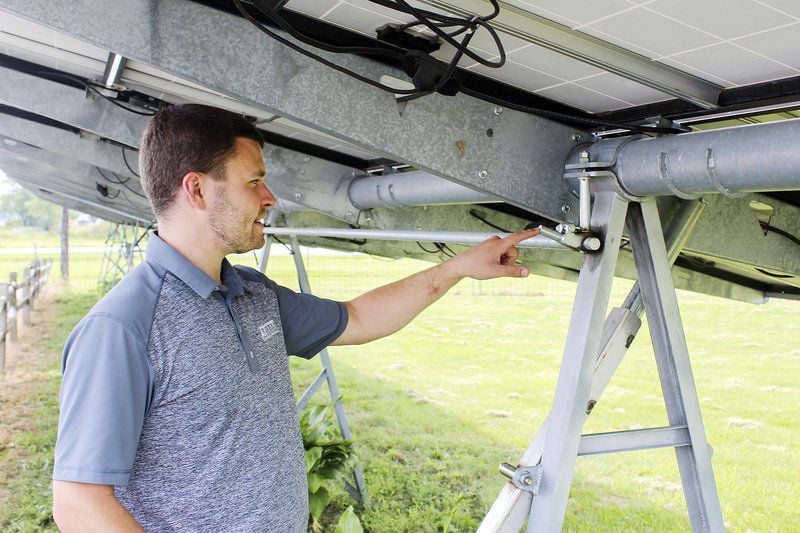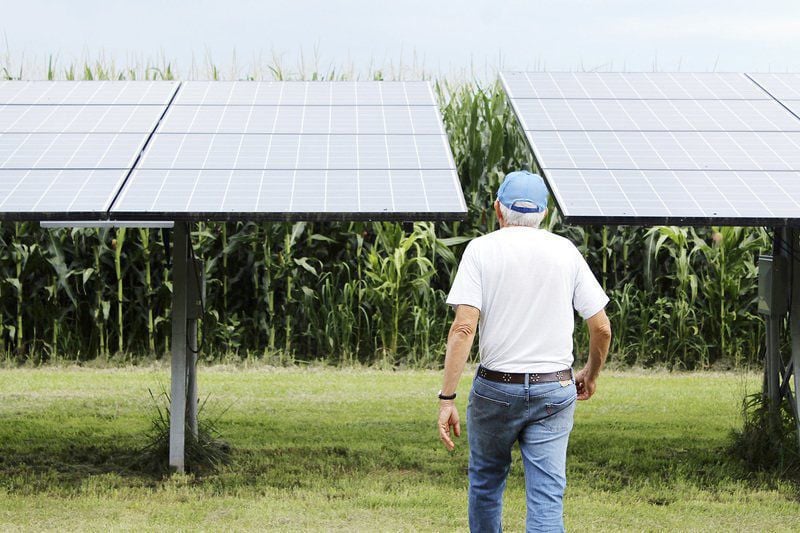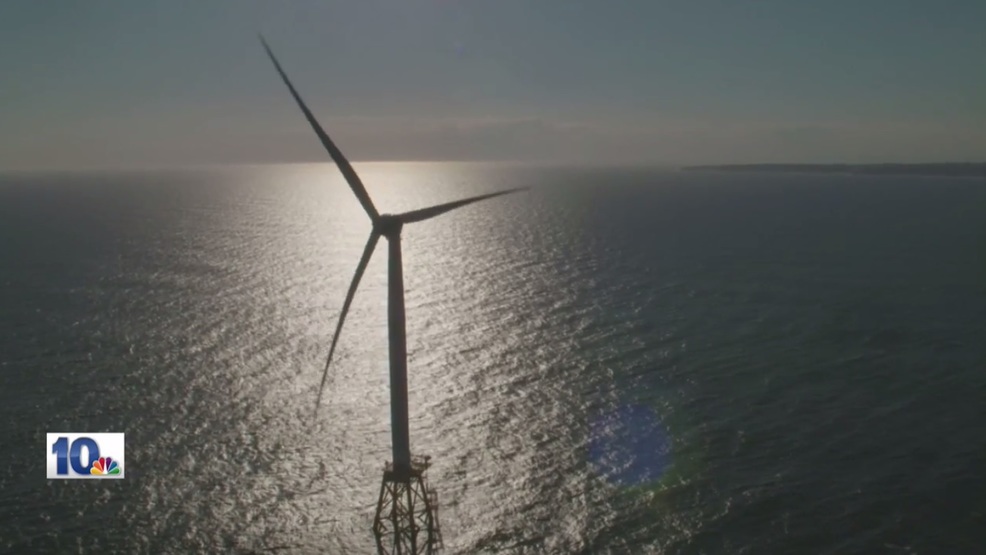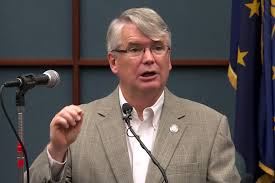NV Energy declares contentious net metering rate plan 'dead on arrival' as deadline to implement rooftop solar bill draws closer
A contentious proposal by NV Energy to restructure energy rates for millions of residential customers to comply with a legislative measure aimed at restoring a favorable program for rooftop solar customers is “dead on arrival” — according to the utility.
An attorney for the company said on Monday that the broad proposal to combine customer classes and raise basic service charges for all electric customers to comply with AB405 was untenable in the face of opposition from solar groups, the state’s Bureau of Consumer Protection and members of the Public Utilities Commission.
“Because the revenue-neutral implementation of AB405 filed on July 28 is already dead on arrival, a different mechanism for avoiding an intentional and purposeful under-collection of just and reasonable rates must be crafted in order to avoid a legal deficiency,” NV Energy attorney Elizabeth Elliot said.
Nevertheless, the staunch debate over how to best implement legislative directives over net metering rates — a credit paid to qualified rooftop solar customers who produce excess energy that’s sold back to the electric grid — is likely to prove challenging, with the first of three days of hearings on the application stretching late into the day Monday and with legislatively set deadlines to implement the law quickly approaching.
Lawmakers in 2017 legislative session overwhelmingly voted in favor of AB405, which was designed to kickstart Nevada’s moribund rooftop solar industry by implementing tiers, or “tranches,” in which net metering applicants would be reimbursed for energy put back on the grid at a percentage rate of the retail price of electricity. The “tranches” would start at 95 percent of the retail price for the first 80 megawatts worth of applicants (1 megawatt can power several hundred homes), and would decrease on a percentage basis for each additional 80 megawatts of applicants until hitting a floor of 75 percent.
But NV Energy officials said that the mandates in the legislation — specifically the requirement that utilities not charge net metering customers any fee or charge different than a standard customer — placed undue burdens on the company, and said that it didn’t lay out any pathway forward for existing net metering customers who were not grandfathered into the rates set previous to Dec. 31, 2015, when the PUC controversially slashed net metering rates under direction from the 2015 Legislature.
Elliot said the legislation did not provide any guidance or indication as to whether or not the change in rates should be revenue-neutral for the utility and that there was “no conceivable legal or fair basis” on which to treat net metering customers differently than any other class of customer.
“There is no support in AB405 or legislative record for the notion that AB405 should result in the intentional and purposeful under collection of just and reasonable rates,” she said.
But rooftop solar companies and industry groups have loudly protested the proposed changes in rates, saying the wholesale changes proposed in the application would slow down the launch of the state’s rooftop solar industry. Kevin Fox, an attorney representing Sunrun, dismissed the proposal as a “waste” of the PUC’s time.
“NV Energy’s proposal is unnecessary, procedurally defective and contrary to the intent of AB405,” he said.
NV Energy officially testified neutral on the bill during the legislative session, but warned that fully implementing the measure would cost around $42.3 million.
The original proposed change in the basic service charge (from $12.75 to $16.57 a month in southern Nevada and $15.25 to $17.58 a month in northern Nevada) would apply to all electric customers served by the utility, with a corresponding decrease in the volumetric charge — the portion of an electric bill based on actual electricity usage — theoretically making the change in rates revenue neutral for the average customer and utility itself.
The state’s Bureau of Consumer Protection, a subdivision of the attorney general’s office that represents the public in utilities issues, also opposed the proposal. In prepared testimony, BCP analyst Bing Young called the proposal to combine rate classes as a “sort of Trojan horse to achieve ends or corporate goals far beyond any that were anticipated or even were publicly discussed during the Legislative Session.”
In a filing dated Aug. 18, PUC staff recommended that the commission not modify rates for all customers, and instead just re-integrate the rate classes, keep the existing rates and charges while adding a temporary tariff rider that would be confirmed or changed in the next general rate case — the normal regulatory process in which utilities propose changes to rates.
The next hearings are scheduled to start at 10 a.m. on Tuesday and Wednesday. Under the law, most sections of AB405 became effective upon the governor signing the bill, but other aspects will take affect on Sept. 1.
Also see http://www.utilitydive.com/news/nv-energy-declares-its-net-metering-proposal-dead-on-arrival/503260/










